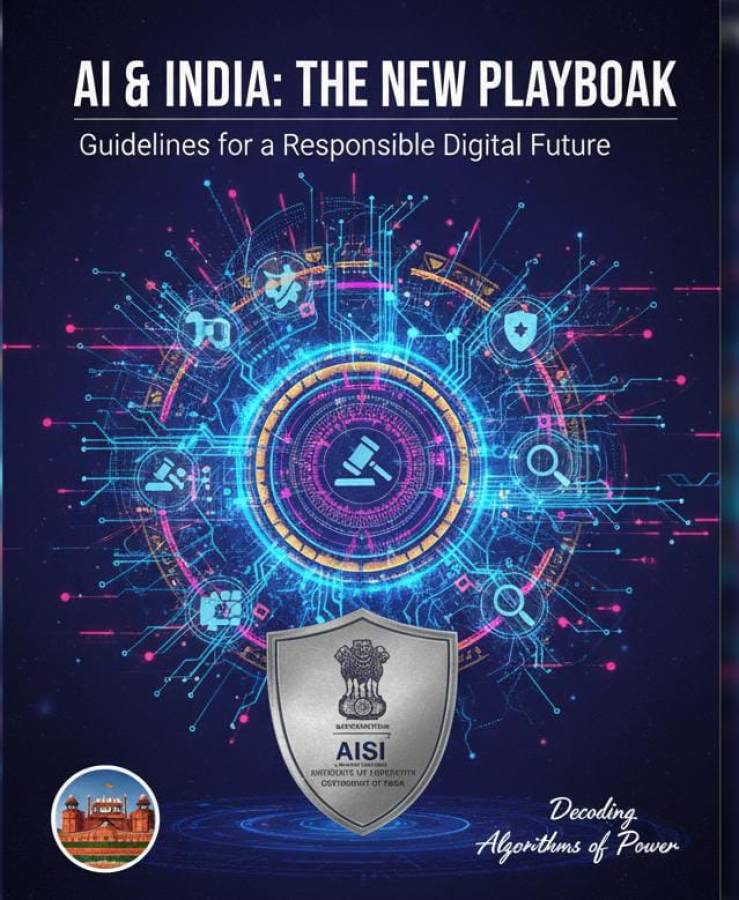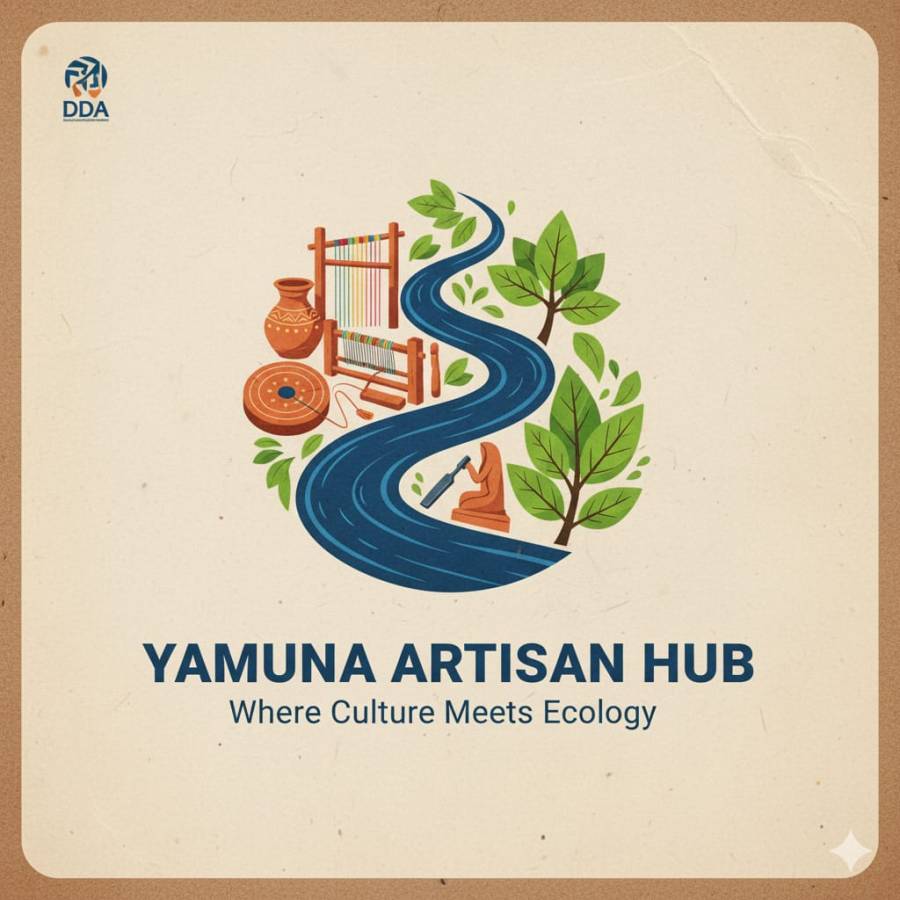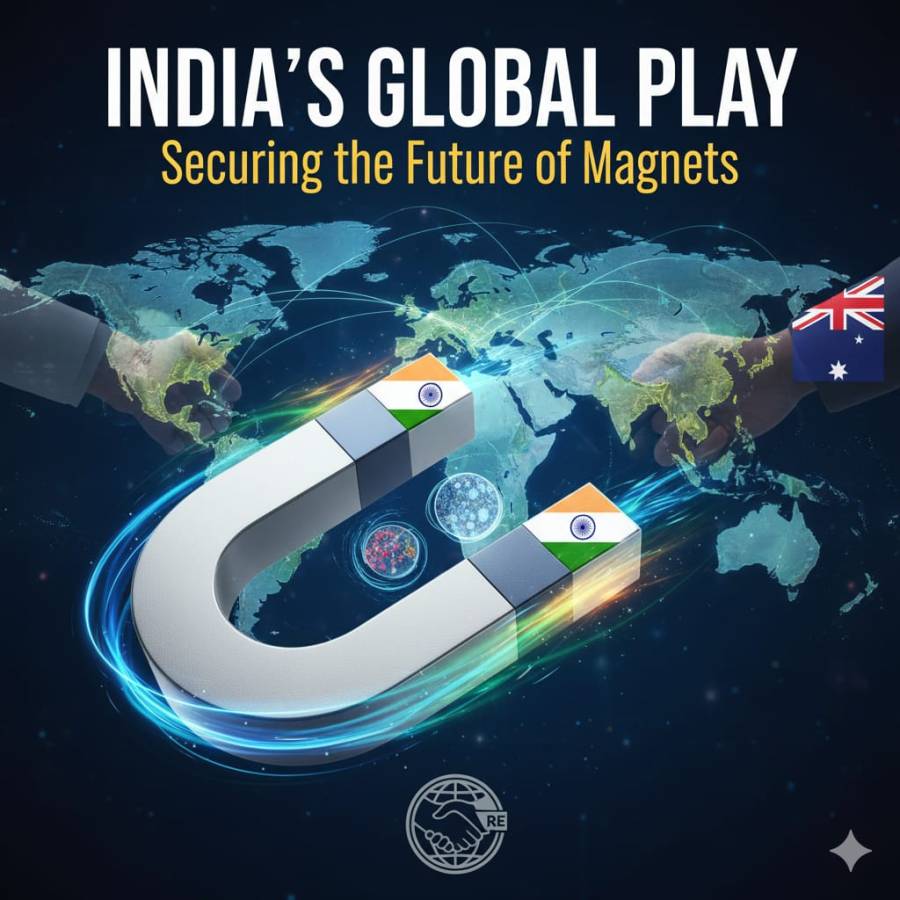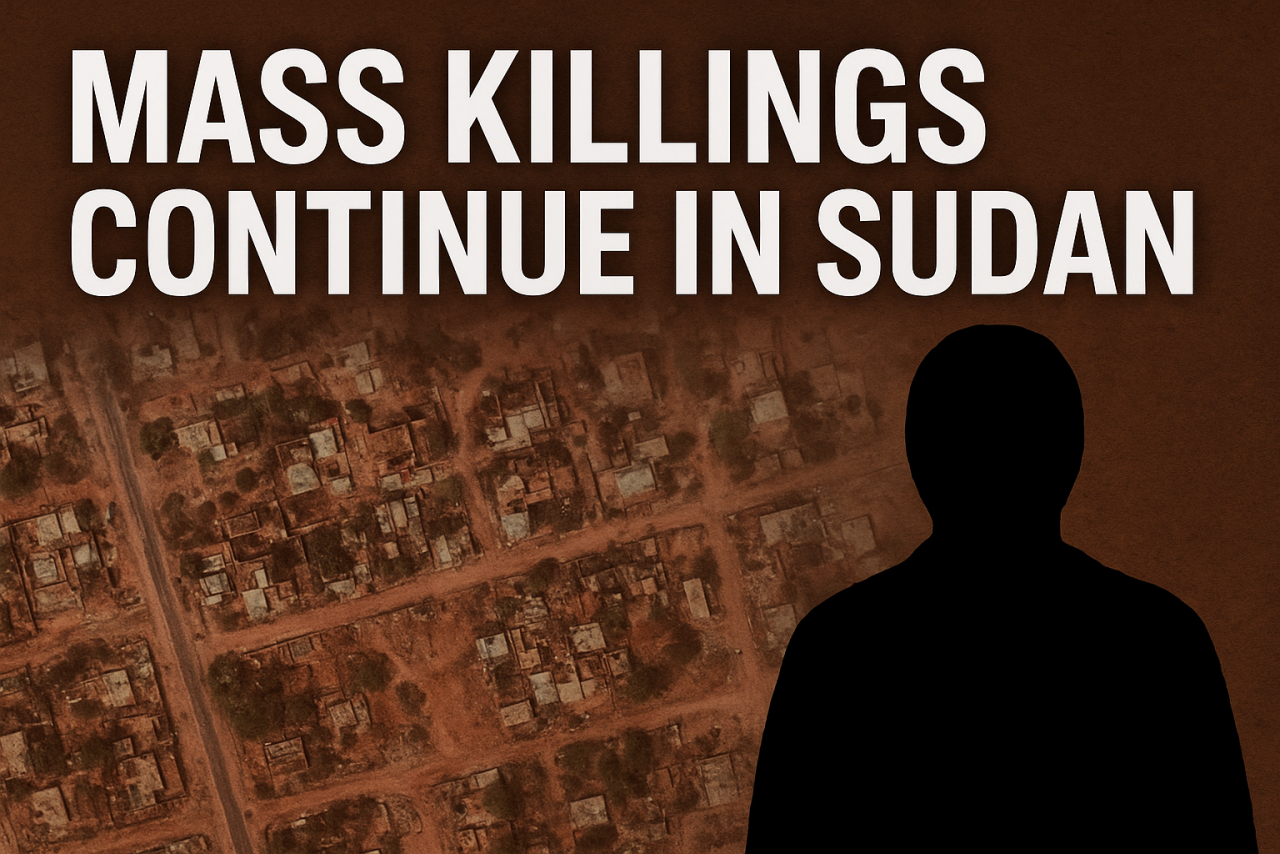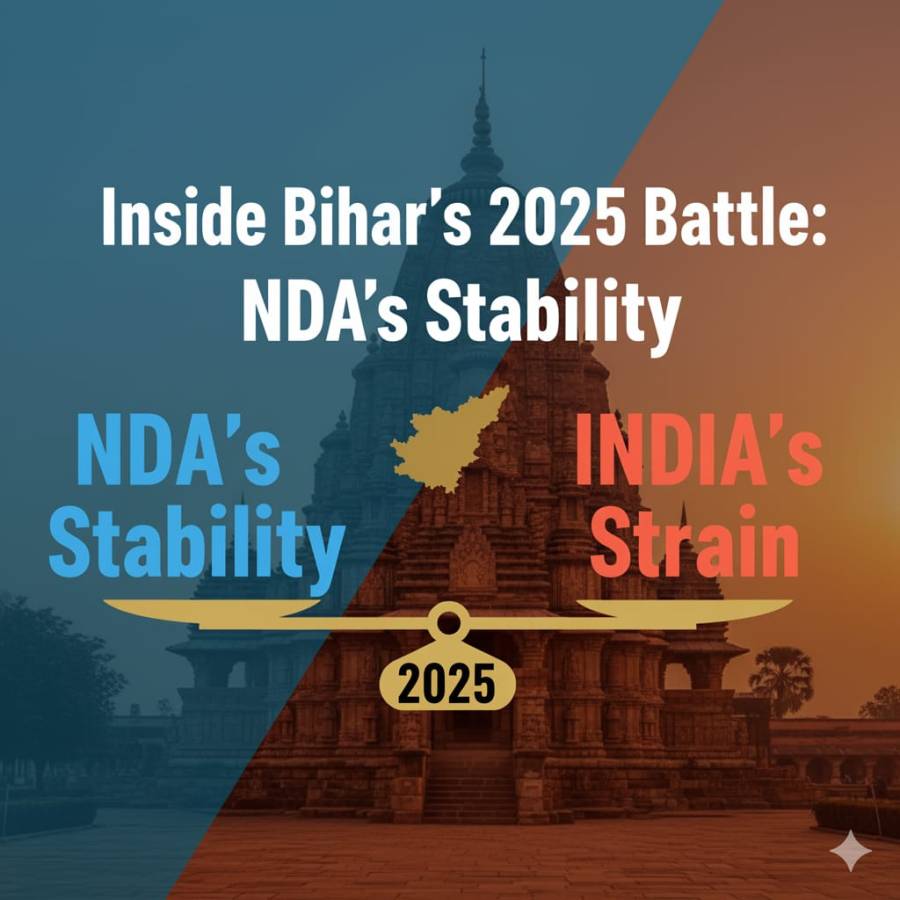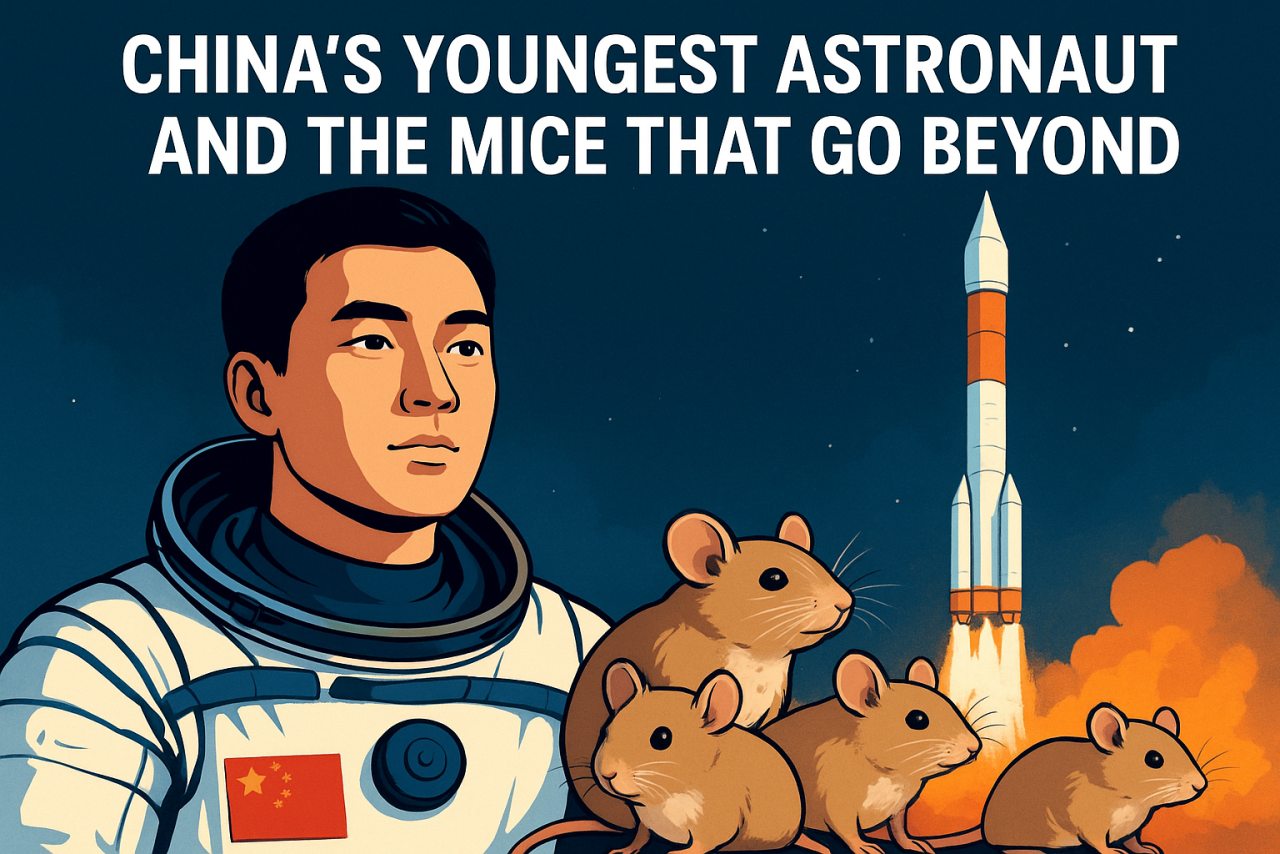
At 11:44 p.m. on October 31, 2025, the calm of the Gobi Desert broke with a fiery roar as the Shenzhou-21 spacecraft lifted off aboard the Long March-2F rocket. Within four hours, it achieved one of the fastest space dockings ever recorded, linking with the Tiangong Space Station high above the Earth. The moment marked not just another successful launch for China, but a new chapter in its rapidly advancing space ambitions.
The mission, led by veteran astronaut Zhang Lu, includes two newcomers: flight engineer Wu Fei, who at 32 is now China’s youngest astronaut, and payload specialist Zhang Hongzhang. The three will spend six months aboard Tiangong, conducting experiments that could expand our understanding of human endurance and biology in space. For the first time, the spacecraft also carries four laboratory mice—two males and two females—ushering in a new phase of life-science research for the country.
A New Generation Takes Flight
Wu Fei’s inclusion represents much more than youth or novelty. It symbolizes a generational shift within China’s space program—one that blends bold ambition with a growing pool of young scientists and engineers ready to explore beyond Earth’s orbit. His presence reflects how far China has come since its first crewed mission in 2003.
Zhang Hongzhang, the other first-timer, brings expertise in new-energy technologies and advanced battery systems. His role highlights how modern space missions are no longer limited to piloting and navigation, but deeply tied to innovation, sustainability, and scientific advancement. Together, the trio represents China’s evolving vision of space exploration: youthful, scientific, and globally competitive.
The Tiangong Space Station, meaning “Heavenly Palace,” is the centerpiece of that vision. Continuously inhabited and constantly expanding, it serves as both a laboratory and a symbol of the nation’s determination to build an independent presence in space. For China, the Shenzhou-21 mission is not just another orbital stay—it is a step toward long-term lunar goals and, eventually, deep-space exploration.
Tiny Travelers with Big Missions
While the astronauts embody human achievement, their four small companions are equally significant. The mice, carefully selected and trained from a pool of hundreds, are helping scientists understand how living organisms respond to space conditions such as microgravity, confinement, and radiation. Their behavior and biological responses could reveal crucial information about reproduction and adaptation beyond Earth—knowledge essential if humans are ever to live and thrive away from home.
By including living organisms in its missions, China joins other nations that have used animals to study the effects of spaceflight. Yet this is the first time the country has carried small mammals aboard a manned spacecraft, showing a new level of scientific ambition and sophistication.
Space: The New Arena of Competition
Since being excluded from the International Space Station partnership in 2011, China has carved its own path among the stars. Each successful mission strengthens its standing in the global space race and underscores its ability to operate independently. With plans for a crewed lunar landing by 2030, Beijing is making it clear that space exploration is not merely a scientific endeavor—it is also a demonstration of national capability and prestige.
Final Take
For students and dreamers everywhere, the Shenzhou-21 mission is more than a news headline. It shows how education, technology, and curiosity can lift a nation and its people beyond boundaries. It proves that exploration is not only about reaching faraway worlds but also about understanding how life itself responds to the unknown.
As Shenzhou-21 circles above the planet, its three astronauts and four tiny passengers remind us of humanity’s enduring urge to explore. Their journey reflects courage, scientific curiosity, and the belief that even the smallest creatures can play a part in shaping the future of space. Above the silence of the Earth’s shadow, that belief continues to burn bright, pushing us to ask the timeless question: what comes next?


